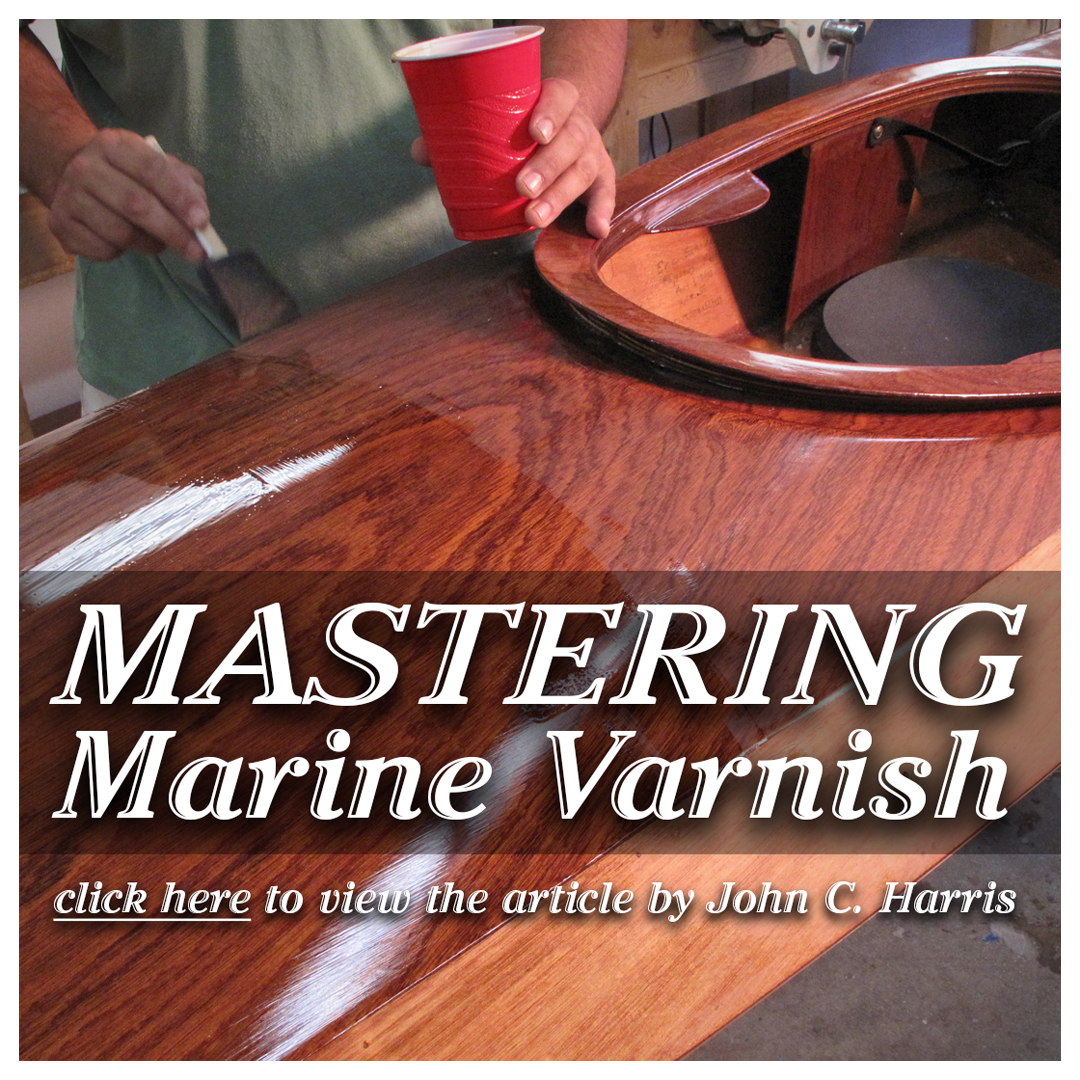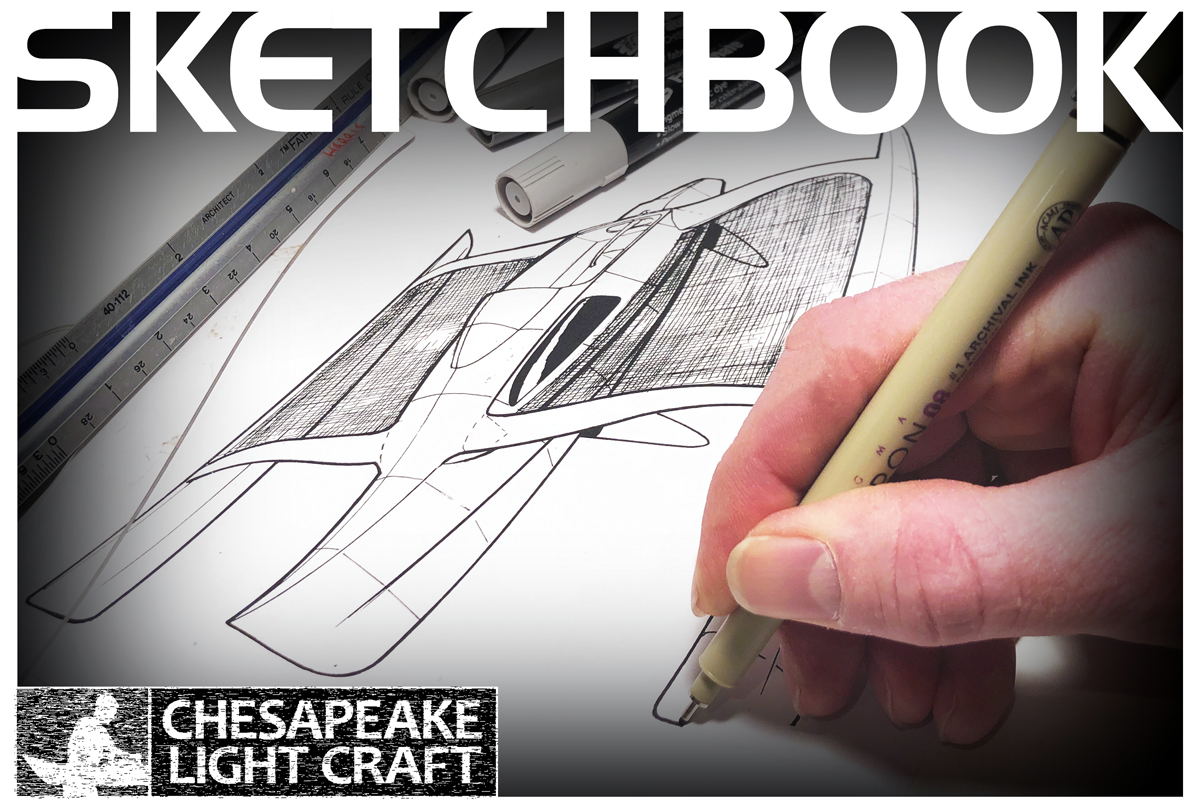Builders' Forum |
|
| ↓ Scroll to Last Comment ↓ | Forum Guidelines | Builders' Forum | |
Hi again. Thanks @Mummichog on the prior thread for the brush cutting tip to spread the epoxy. Worked like a charm.
New question. I've been covering mating faces with epoxy as instructred in the manual, which creates plenty of squeeze out. On one of the bulkheads, I spaced and only covered one side of two mating faces. I had plenty of squeeze out anyway and it seemed rock solid this morning, but am I deluding myself and going to face some sort of adhesion failure at some future point?
2 replies:













RE: Epoxying Mating Faces
» Submitted by nemochad - Thu, 7/23/20 » 1:59 PM
Best practice is to first coat both surfaces with straight, unthickened epoxy, then trowel or brush on a slightly thickened coat that has been thickened with a resin-holding substance. Cotton flock (one is West's 'microfibers') or wood flour are good choices.
The theory is that the neat resin soaks into the first layers and micro cracks and pores of the wood, and then the thicker coat maintains a reservoir of epoxy to continue to be available to soak into the wood during the clamping and curing process. The extra material prevents the epoxy absorbing into the wood and leaving the actual joint dry.
Using just a thickend mix, especially one that is inherently non-absorbing like silica or microballoons, *can* allow the epoxy to flee the joint and leave behind a dry-ish layer of the filler powder between the wood surfaces. The practice of applying thickened epoxy to both surfaces is a way to address this, by allowing the epoxy to bleed out of the thickened mix and into the wood from two sources rather than one.
It's worth noting that some types of joints are much less critical than others. Face-laminating two layers of ply is a low stress joint- there's lots of surface area, and the glue joint generally lands in the neutral axis, low-stress portion of the combined assembly.